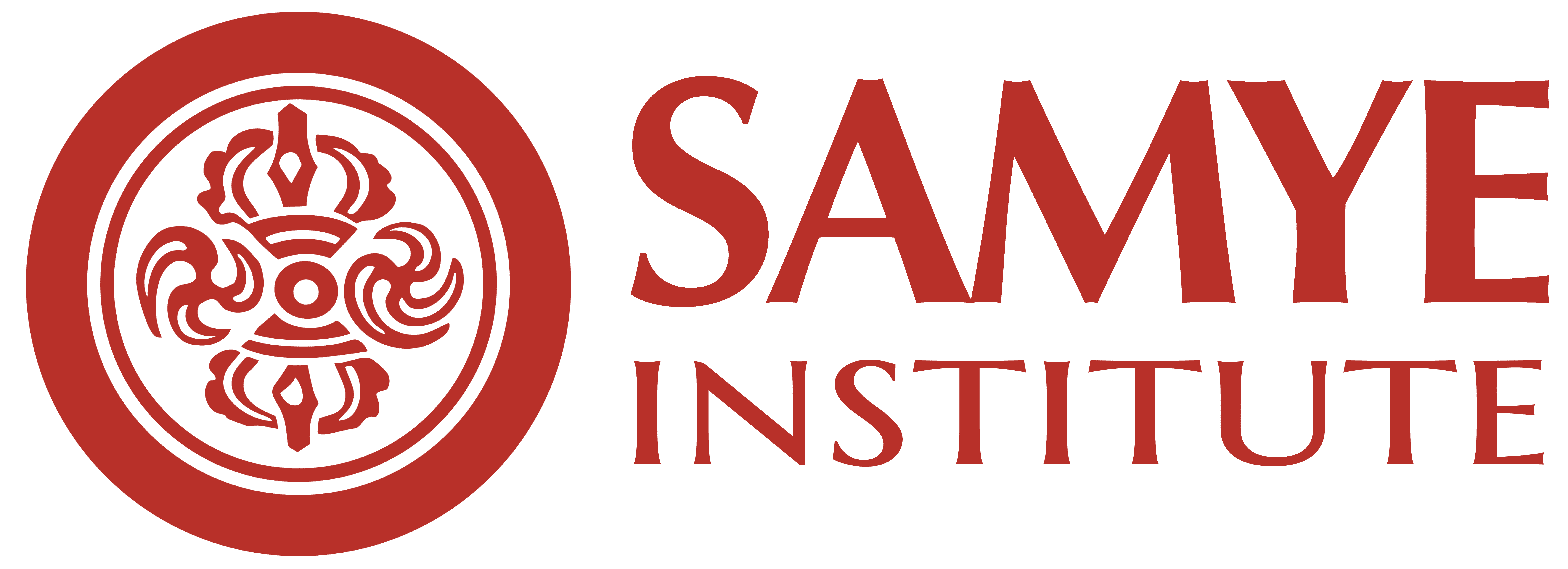The city of Sarnath, referred to in early texts as Isipatana, was the site of the Buddha’s first teaching to five followers, the Dhammacakkappavattana Sutta. It is located 10 kilometers northeast of the ancient city of Kāśī, the modern Varanasi. According to the earliest accounts, this teaching took place seven weeks after the Buddha’s awakening. The Buddha himself recommended it during his lifetime as one of the four places of pilgrimage his devout followers, both monastic and lay, should visit.
In traditional accounts, the Migadāya (Deer Park) was so-called because the area was ruled by a deer king.1Nigrodhamiga Jātaka and Mahāvastu It was situated in Isipatana, which was known by that name because “sages, (isi in Pali) on their way through the air (from the Himalayas), alight here or start from here on their aerial flight.”2Mahāvastu Furthermore, it is the site where all buddhas first turn the Dharma wheel by expounding their first sermon. As such, It is one of the “four fixed places” (Pali: avijahitatthānāni) that are consistent for all buddhas.3The others are the seat, or bodhi-pallanka, beneath the Bodhi tree in Uruveā, the ground at the gate of Sankassa, where the Buddha first steps on earth when descending from Tāvatimsa heaven, and the site of the four posts of the Buddha’s bed within the Gandhakuti in Jetavana park. (BuA.247; DA.ii.424)
In the Lalitavistara, the poetic rendition of the Buddha’s life, he explained his choice of the site to begin his teaching career:
I performed sixty trillion sacrifices there;
I made offerings to sixty trillion buddhas there.
Varanasi was the preferred place of the previous sages;
this place, exalted by gods and nagas, is ever-inspiring for Dharma.I remember that ninety-one billion previous buddhas
Lalitavistara Sutra, 25. 56-57
turned the sublime wheel in that supreme grove named after the sages,
where peace, tranquility, and concentration are actualized, and deer always dwell.
Thus I too will turn the sublime wheel in the supreme grove named after the sages.
In the 8th-century text, The Root Manual of the Rites of Mañjuśrī (Mañjuśrīmūlakalpa), the Buddha again expounds on his turning of the wheel of Dharma, often symbolized by the eight-spoked wheel of the Dharmachakra.
After performing many acts for the sake of beings,
I set out once again
And in due course
Entered the beautiful city of Kāśī.Having gone to the place
Where the former buddhas with great powers had gone,
I remained there myself
Among the local Kāśī folk.Having turned the wheel of the sacred Dharma
That brings the peace of nirvāṇa,
I taught the Dharma there
To bring about the happiness of all beings
Whose existence depends on the five vital airs,
Including gods and demigods.The Dharma wheel was turned there
Before by the primordial buddhas.
I too taught
The unsurpassed Dharma wheel there.To bring the happiness of release from saṃsāra
And to stop the faults of sentient beings,
I turned the great wheel
That brings the happiness of the final peace;The wheel that is intended to destroy the path of becoming
And arises out of the samādhi of the four truths;
The wheel comprised of the eightfold path
And adorned with the four abodes of Brahmā;The wheel from whose felly arises knowledge,
Thus blocking ignorance
Along with the twelvefold cycle
Of interdependent origination;The wheel that spreads the absolute truth
Born, at its extreme edge, out of the ultimate reality;
The wheel whose greatness arises from its felly
With its forward and backward movements;The auspicious wheel that spreads instructions
Mañjuśrīmūlakalpa
And brings liberation to many beings.


